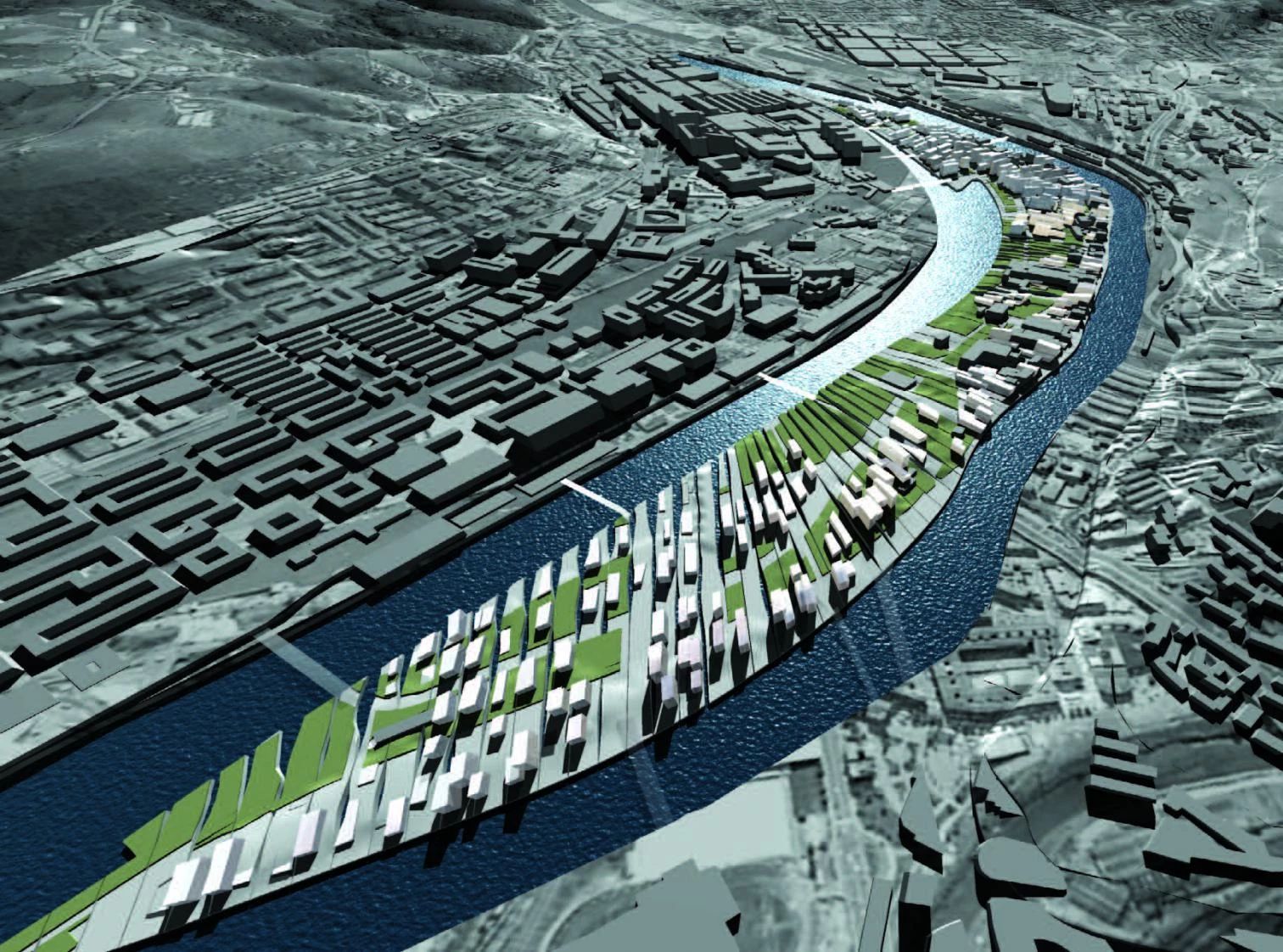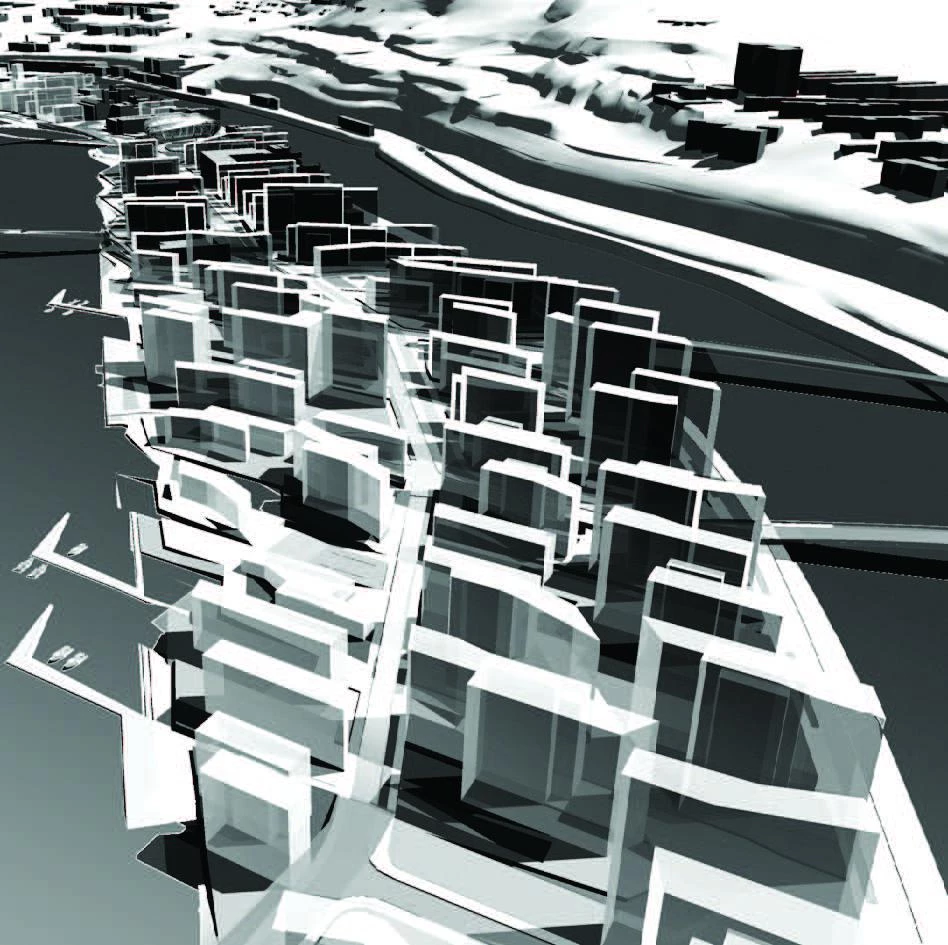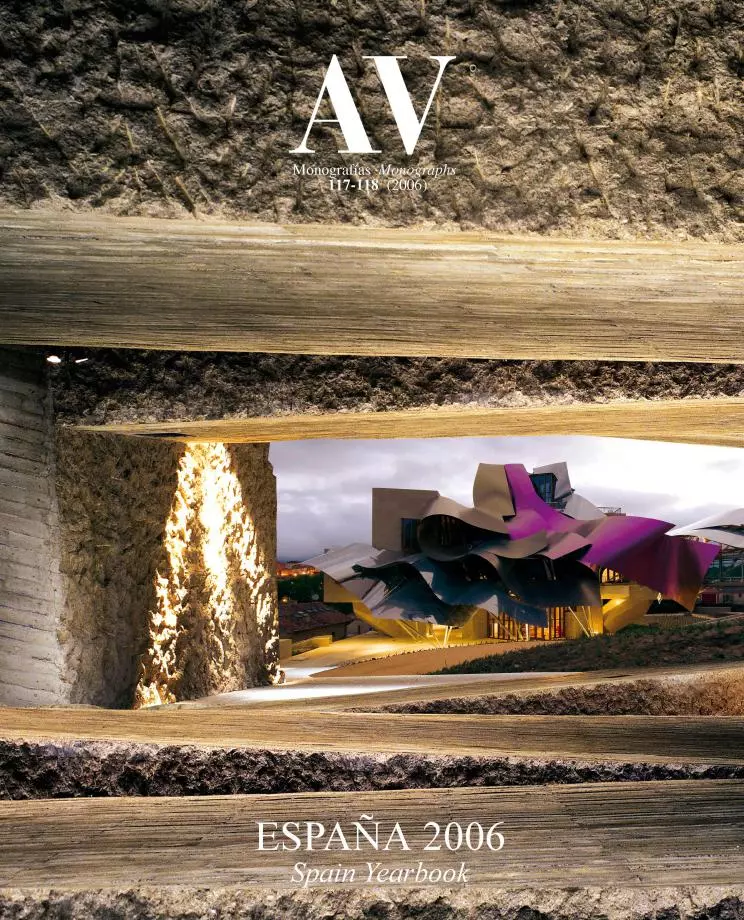Twisted Plans
Signature urbanism is as incompatible with the neutrality demanded from common codes as the political plans that take the name of their authors.

There may be signature cities, but democracy is anonymous. The space of the polis and the space of politics have close links, and the growing drift of the urban toward artistic gesture-making corresponds with a shift of the collective toward media representation. If spectacular architecture prospers in the nutritious humus of fiction politics, then no environment is more favorable to the built sign than regimes in the process of symbolic crystallization, because it is then that invented identities are forged in the form of urban contrivances: the history of the myth is embedded in the geography of the icon, and the designed community expresses itself through the willed territory. The Basque is an extreme example of this global trend: identity-asserting nationalism dressed its traditionalist archaism with the cosmopolitan shine of titanium in the Guggenheim-Bilbao, to now make its exclusionary ethnicism echo in the calligraphic violence of Zaha Hadid in Zorrozaurre.

Signature urbanism is as incompatible with the neutrality demanded from common codes as the political plans that take the name of their authors.
Serving both urban marketing and the glamorous rebranding of a crime-stained national brand, the line-up of stars gathered in Bilbao inequivocally traces a profile of success, one that conceals the scandal of a citizenry intimidated by the weapons hidden beneath the friendly and ‘Basque-cool’ attire of signature architecture, engineering and urban planning. Passion for designer buildings is of course worldwide, but in few places does it take on the thematic density of Vizcaya’s Abandoibarra district, and nowhere does it spread to the urban sphere with the subjective impetus of Zorrozaurre, the peninsula downstream along the Nervión estuary that the Anglo-Iraqi architect has redesigned with her expansive language, filleting its 57 hectares with a gamut of topographic cuts that chaps the new Bilbao quarter with artistry. As in the Guggenheim case, the dynamism of the architect’s formal language lends itself to a wealth of metaphorical references to the stormy panorama of Basque politics, but this rhetorically fractured landscape is unlikely to get the applause that Gehry’s shaken museum received.
Any city can take explosive icons, in the same way that the routine of everyday life can be interrupted by exceptional events that either raise us or hurt us. But urban geometry is as incompatible with the diagonal acceleration of expressive distortion as people’s coexistence is rendered intolerable under the permanent blackmail of terror, which to top it all is rouged in the Basque Country with the mellifluous hypocrisy of nationalist power. Here, too, Hadid presents the desperate chaos of her urban proposal with the deceiving cosmetics of computer representation, which in the aerial view transforms the random disorder of scattered blocks into an attractive radiation of water cracks and earth folds, and in the near perspective transmutes the dense, chance-determined accumulation of trivial pieces into a lyrical sequence of translucent, crystalline prisms. With these the architect gives real estate form to her initial sketch of the estuary, a capricious eddy of turbulent waves that resembles a flagellated protozoan.

Zaha Hadid’s project for Zorrozaurre, which forces a slanted geometry on the territory, is an example of signature urbanism, as seductive and dangerous as the political plans that squeeze diversity into the straightjacket of identity.
Le Corbusier wrote an ode to the right angle, and there is indeed a point in emphasizing the idea of the anonymous neutrality of Cartesian regularity being totally compatible with lyrical beauty. Though some may think that the magic of art rests in the spontaneity of gesture, the imposition of an arbitrary scheme on a territory is as unacceptable as the determination to mold society by putting it in the cast of a mythical and millenary nation, subjecting it to the sharia of ancient laws, and pushing it toward the ethnic cleansing of the goyim. In the same way that the suggestive, speedy subjectivity of zorrozaha can end up giving rise to a chaotic quarter, the slanted projects of identity-asserting sovereignty threaten to rush the citizenry into a dramatic and potentially fracturing social conflict. The undulating membranes of the trypanosome drawn up by Hadid bear the infectious pathology of seductive irrationality, and its parasitic flagellum forces us to choose between sleeping sickness and the vaccine of reason.





